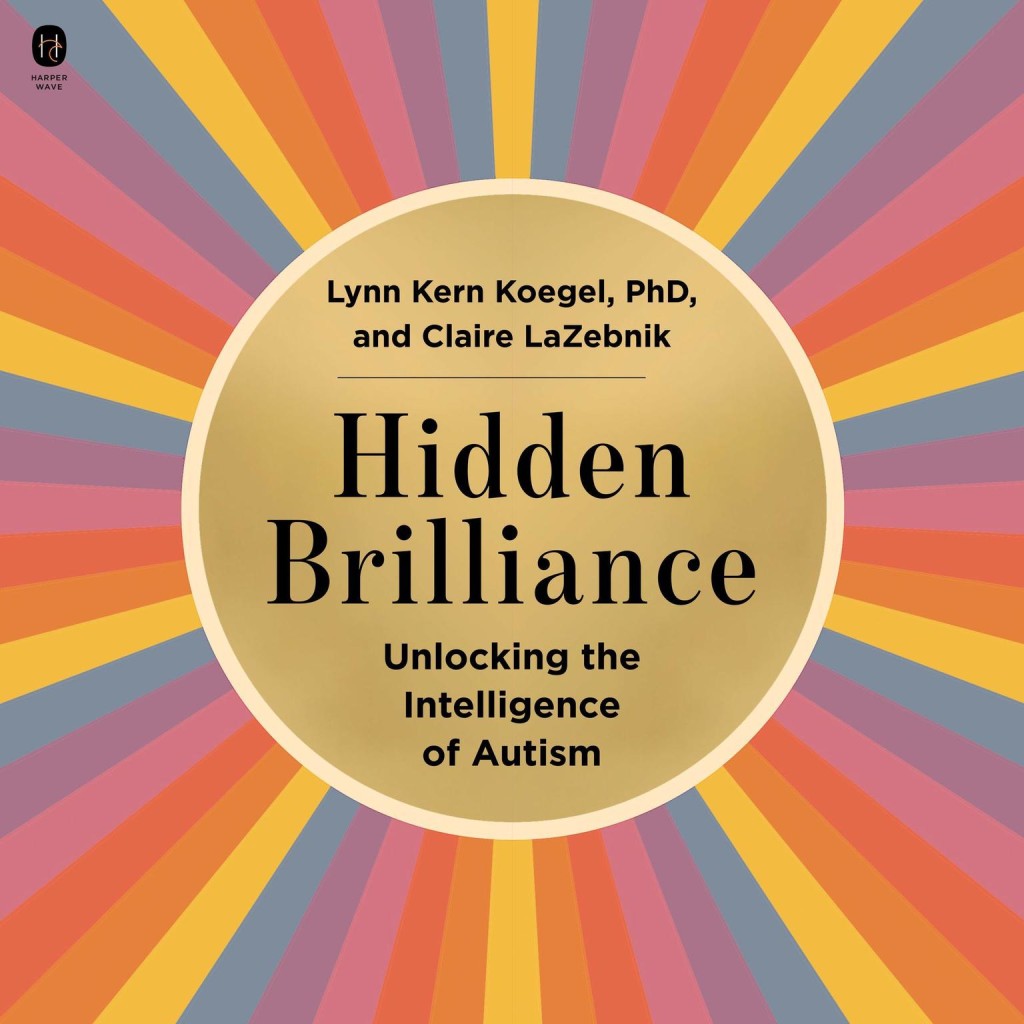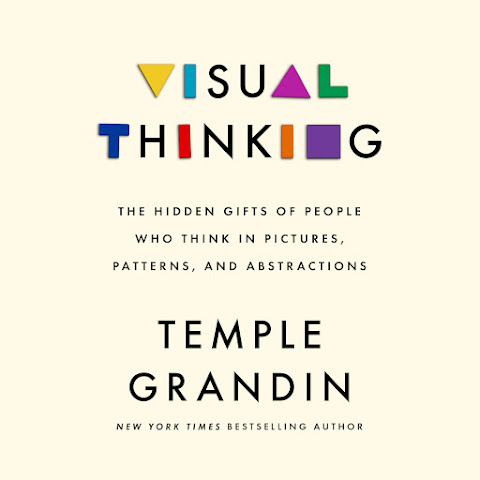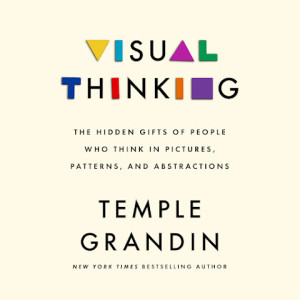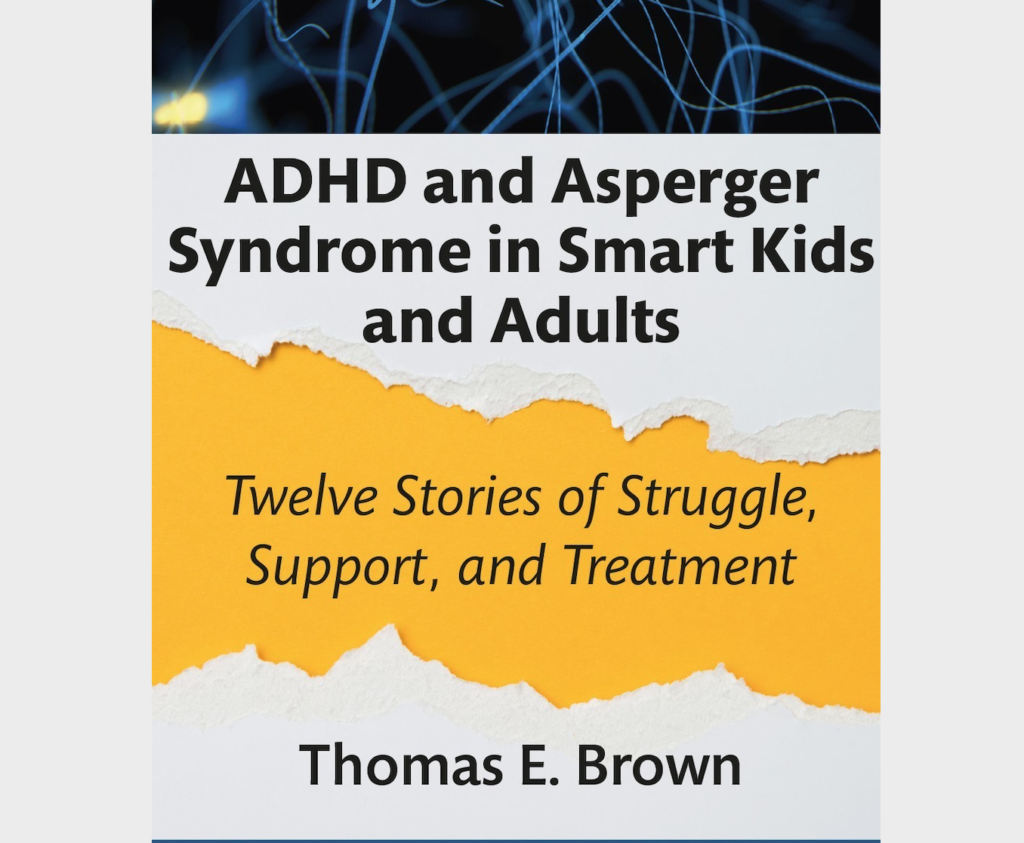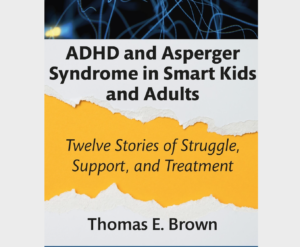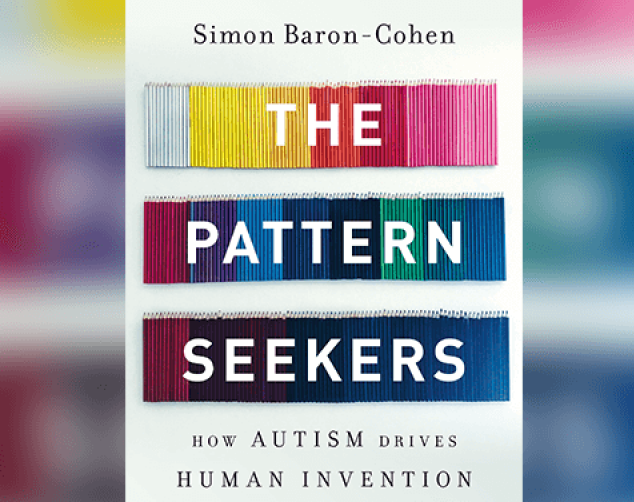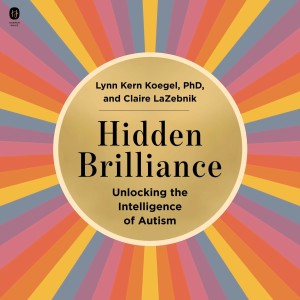 As parents and educators, we often find ourselves trying to mold children into the expectations of what is “normal.” We fight the wind and we often break a few of our branches in the process. But what if the behaviors we struggle to understand aren’t problems to be fixed, but rather the key to unlocking their unique brilliance? In Hidden Brilliance: Unlocking the Intelligence of Autism, Dr. Lynn Kern Koegel and Claire LaZebnik challenge us to shift our deficit perspective and recognize the untapped potential in children with autism. The authors are not presenting some miracle or hidden jewel, instead, the authors suggest that their strengths are under our noses but we just don’t notice them because we are focused on their lack of fit to our traditional expectations. Dr. Koegel, an expert in autism research, and LaZebnik, a skilled storyteller, combine their expertise to present a deeply insightful book. They emphasize that too often, outdated mindsets, inadequate training, and rigid reliance on standardized testing prevent us from truly seeing the capabilities of children with autism. The authors argue that instead of trying to make neurodivergent children fit into neurotypical molds, we should celebrate and develop their unique strengths, whether it’s extraordinary memory, mathematical skills, artistic talents, or attention to detail. Not every child is going to be judged as extraordinary, but when we emphasize a misfit with tradition we dismiss the innovative perspective and divergent way of thinking that could lead to their success.
As parents and educators, we often find ourselves trying to mold children into the expectations of what is “normal.” We fight the wind and we often break a few of our branches in the process. But what if the behaviors we struggle to understand aren’t problems to be fixed, but rather the key to unlocking their unique brilliance? In Hidden Brilliance: Unlocking the Intelligence of Autism, Dr. Lynn Kern Koegel and Claire LaZebnik challenge us to shift our deficit perspective and recognize the untapped potential in children with autism. The authors are not presenting some miracle or hidden jewel, instead, the authors suggest that their strengths are under our noses but we just don’t notice them because we are focused on their lack of fit to our traditional expectations. Dr. Koegel, an expert in autism research, and LaZebnik, a skilled storyteller, combine their expertise to present a deeply insightful book. They emphasize that too often, outdated mindsets, inadequate training, and rigid reliance on standardized testing prevent us from truly seeing the capabilities of children with autism. The authors argue that instead of trying to make neurodivergent children fit into neurotypical molds, we should celebrate and develop their unique strengths, whether it’s extraordinary memory, mathematical skills, artistic talents, or attention to detail. Not every child is going to be judged as extraordinary, but when we emphasize a misfit with tradition we dismiss the innovative perspective and divergent way of thinking that could lead to their success.
The book’s strength is its down-to-earth approach. It’s filled with concise touching, real-life stories of kids who initially struggled with behaviors that seemed disruptive or defiant. Through these narratives, Koegel and LaZebnik show how a shift in perspective can turn frustrating situations into moments of connection and even humor. Perhaps even a game of tic-tac-toe could lead to defiance and exhausting battles about rules or lead to self-discovery and laughter? For parents and teachers, these stories are relatable and inspiring, helping us see how we, too, can foster a more supportive environment for the children in our lives. The authors go beyond theory, offering practical strategies for working with children on the autism spectrum. From improving communication to addressing behaviors often labeled as “disruptive,” the book gives clear, actionable steps. Whether you’re trying to advocate for your child in the school system, find less frustrating ways for them to express themselves, or build a home environment that encourages joy and learning, there are valuable insights here.
By leveraging these strengths, children can experience more success in academics, social interactions, and personal development. The book highlights how this approach can significantly improve a child’s confidence and sense of self-worth. These approaches increase motivation, naturally emerging engagement, and drive. It also provides guidance on creating individualized learning goals that align with a child’s natural talents, helping them not only adapt to the world but thrive in it. Help them make their own path not conform to paths set by others.
One of the most refreshing aspects of Hidden Brilliance is its optimism. It recognizes the challenges that parents and teachers face, but it also advocates for a hopeful and proactive outlook. Rather than focusing on the unknowns of the future, the book encourages us to celebrate the many small victories and stay open to the possibilities of growth and connection. The book resonates deeply with those who have ever felt their child’s potential was overlooked or misunderstood by traditional systems. It empowers parents to trust their instincts and see beyond labels while offering teachers strategies to support each child’s journey toward fulfilling their unique potential.
Overall, Hidden Brilliance is a must-read for parents, teachers, and anyone working with children on the autism spectrum. But … it is also a great guide for parents of all children: there is no “normal” child that conforms to society. Help them find their way, give them feedback that helps them grow not stifles them. This guide looks beyond surface behaviors helping you discover the incredible talents that children with autism possess. With its mix of heartwarming stories and practical advice, it offers a fresh, hopeful approach to understanding autism. Above all, this book reminds us that by embracing a child’s individual brilliance, we can help them shine in a world that too often overlooks their light.
